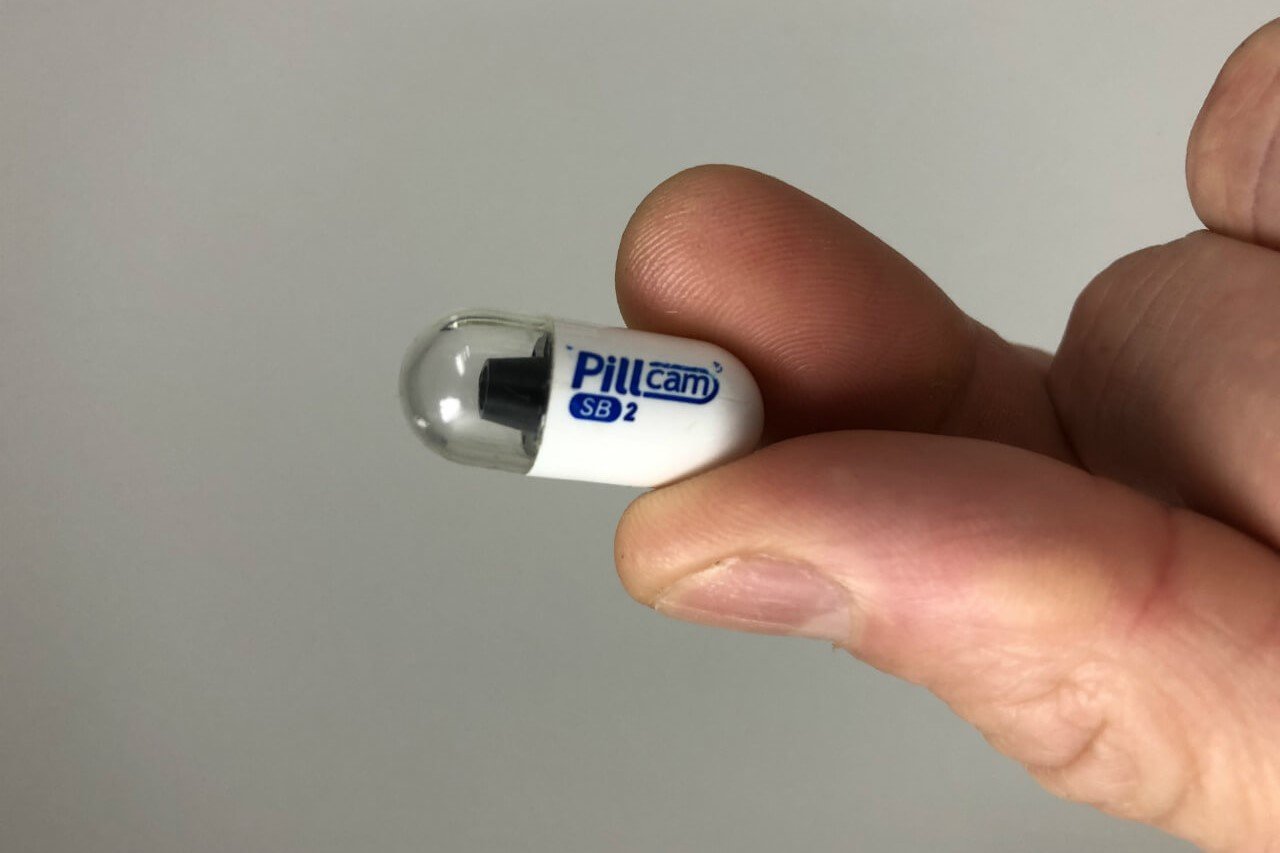
Capsule Endoscopy
Capsule endoscopy is a non-invasive diagnostic procedure used to examine the digestive tract, specifically the small intestine. It involves swallowing a small, pill-sized capsule that contains a miniature camera and light source, which captures images as it travels through the gastrointestinal tract.
During a capsule endoscopy procedure, the patient swallows the capsule with a glass of water. The capsule is designed to pass naturally through the digestive system, capturing thousands of images along the way. These images are transmitted wirelessly to a data recorder worn by the patient, which stores the data for later analysis by a healthcare provider. Capsule endoscopy is particularly useful for evaluating conditions affecting the small intestine, such as Crohn's disease, small intestinal tumors, obscure gastrointestinal bleeding, and abnormalities missed by traditional endoscopy or imaging studies. It provides detailed, real-time images of the intestinal lining, allowing healthcare providers to detect and diagnose various gastrointestinal disorders.
One of the advantages of capsule endoscopy is its non-invasive nature, as it does not require sedation or insertion of an endoscope into the body. Patients can go about their daily activities while the capsule passes through their system, typically within 8-10 hours. After the procedure, the capsule is naturally excreted during a bowel movement and does not need to be retrieved.
However, capsule endoscopy may not be suitable for everyone, such as patients with swallowing difficulties, strictures, or a history of gastrointestinal obstructions. Additionally, it may not provide real-time visualization or therapeutic interventions like traditional endoscopy or surgery.
Overall, capsule endoscopy is a valuable tool for diagnosing and monitoring conditions affecting the small intestine. Its ability to provide high-definition images of the intestinal mucosa in a minimally invasive manner makes it a valuable complement to traditional endoscopic and imaging techniques in gastroenterology.
Book Appointment
.jpg)
.jpg)

